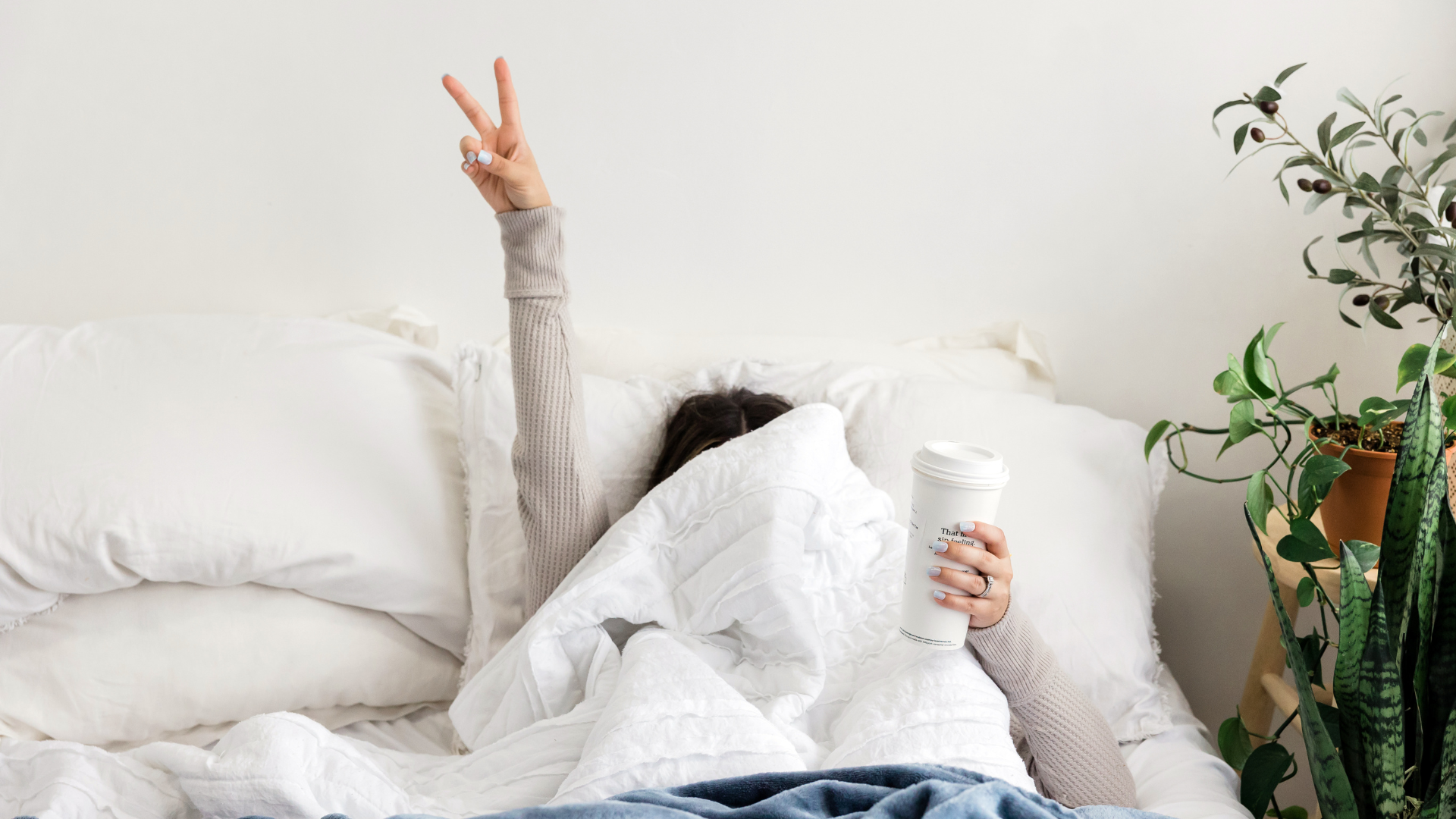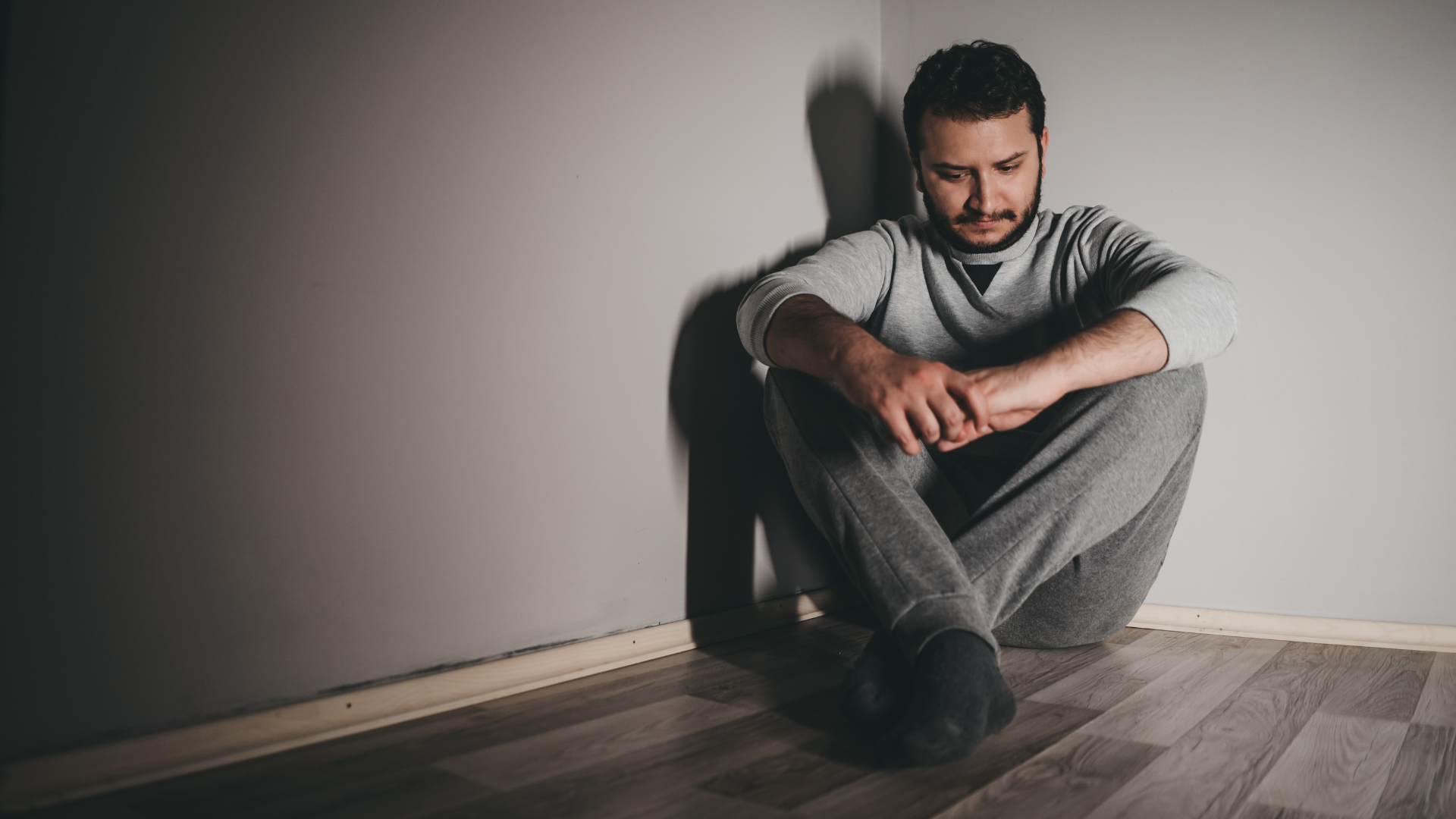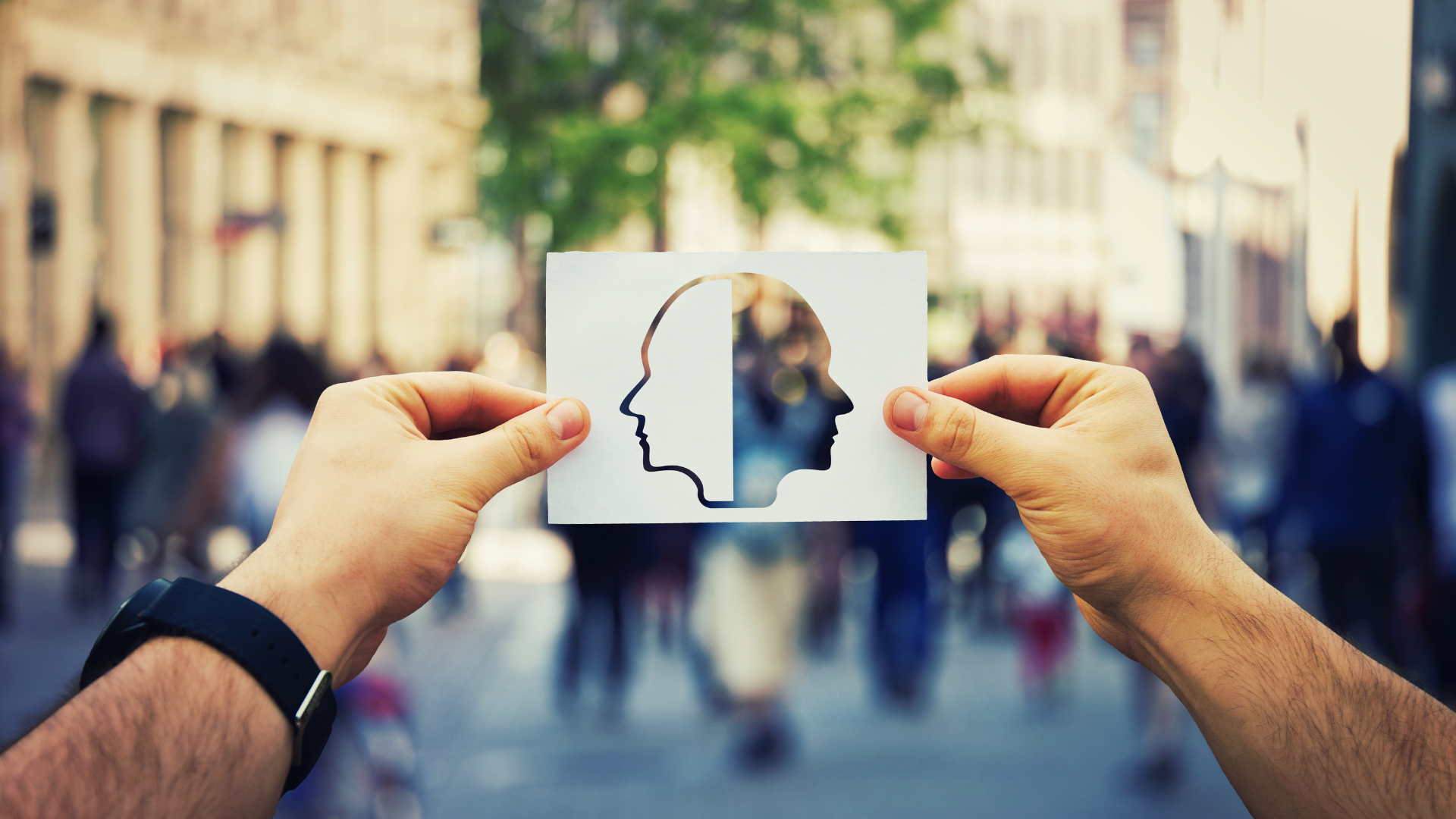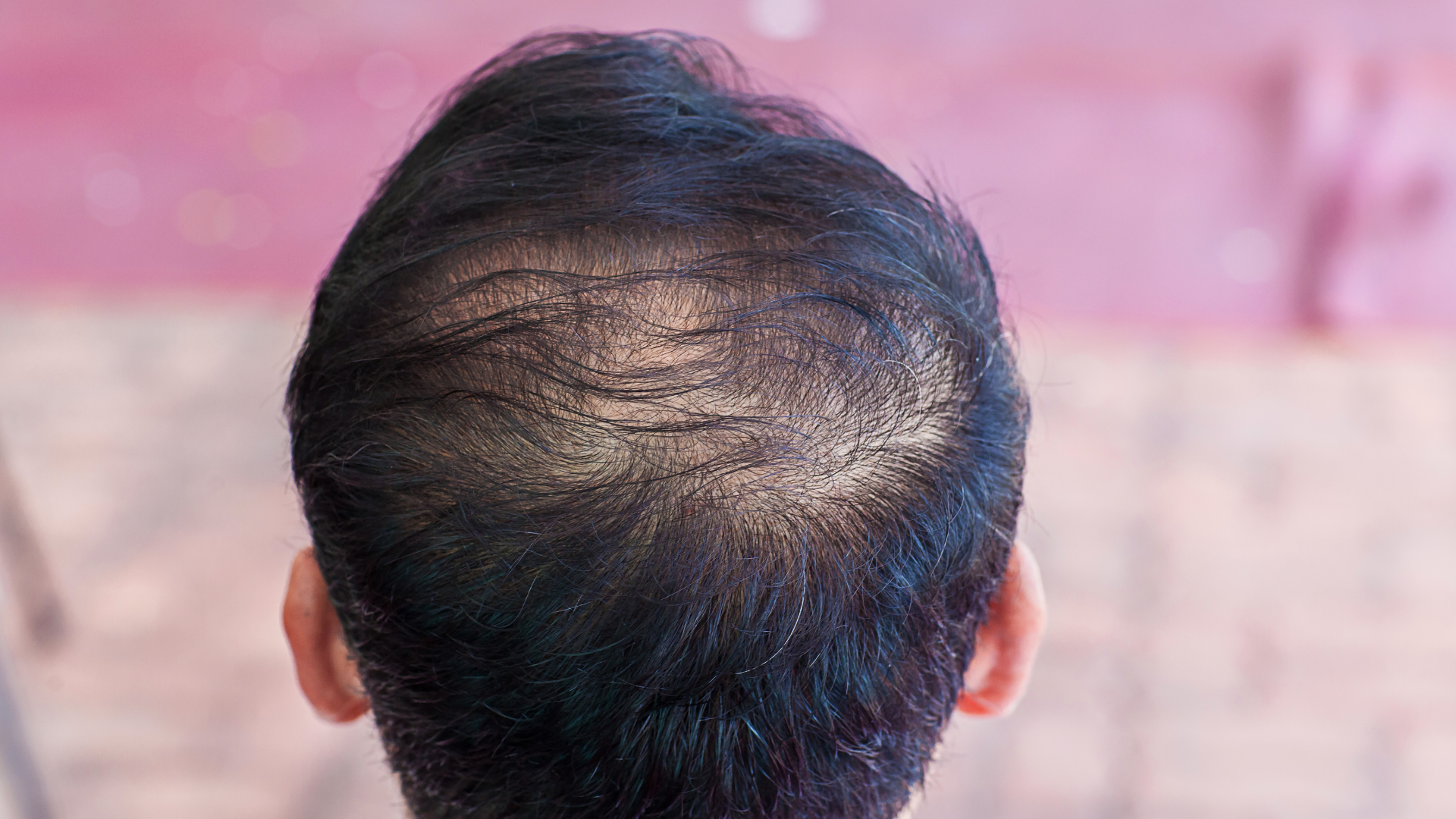Men’s Health Erectile Dysfunction: Understanding Causes and Effective Solutions
Erectile dysfunction (ED) affects millions of men worldwide, yet it remains a topic shrouded in stigma and misunderstanding. Men experiencing ED can often find solutions through lifestyle changes, medical treatments, and open communication with healthcare providers. Addressing this condition is crucial, not only for intimate relationships but also for overall well-being.
The causes of erectile dysfunction can vary significantly, ranging from psychological factors like stress and anxiety to physical issues such as cardiovascular disease or diabetes. By understanding these underlying causes, men can take proactive steps to improve their sexual health.
Navigating the landscape of treatments can be overwhelming, but knowledge is empowering. Seeking information and guidance can lead to effective strategies that manage or overcome ED, fostering healthier relationships and enhancing quality of life.
Understanding Erectile Dysfunction
Erectile dysfunction (ED) is a complex condition that affects many men and can result from a variety of factors. Recognizing its definition, prevalence, and underlying causes, along with the influence of psychological and physical aspects, is crucial for effective management.
Definition and Prevalence
Erectile dysfunction is defined as the persistent inability to achieve or maintain an erection sufficient for sexual performance. It impacts an estimated 30 million men in the United States alone.
ED can occur at any age but is more prevalent among older men. The prevalence increases with age, affecting about 40% of men at age 40 and nearly 70% of men at age 70. It can be a significant issue not only for sexual health but also for emotional and relational well-being.
Causes and Risk Factors
Several factors contribute to the onset of erectile dysfunction. These can be categorized as physical and psychological. Common physical causes include:
- Vascular diseases: Conditions that affect blood flow, such as hypertension and atherosclerosis.
- Diabetes: This can damage nerves and blood vessels, impacting erection.
- Medications: Some prescription drugs can lead to ED.
- Hormonal imbalances: Low testosterone levels may impact erectile function.
Psychological factors also play a significant role and may include:
- Anxiety and stress: These can interfere with sexual arousal.
- Depression: It can diminish libido and cause erectile issues.
- Relationship problems: Poor communication or unresolved conflicts can contribute to ED.
Psychological vs. Physical Aspects
Erectile dysfunction often results from a combination of physical and psychological factors. Physical causes can lead to psychological issues, such as anxiety about sexual performance.
Conversely, psychological factors can exacerbate or even lead to physical problems.
Effective treatment requires addressing both aspects. Therapy, counseling, and open communication are essential for psychological interventions. Meanwhile, medical assessments are important for identifying any underlying physical issues.
Understanding the interplay between these aspects is vital for achieving successful outcomes in managing erectile dysfunction.
Symptoms and Diagnosis
Recognizing the symptoms of erectile dysfunction (ED) is vital for timely intervention. Accurate diagnosis often involves several steps to determine the underlying causes.
Identifying Symptoms
Symptoms of erectile dysfunction can vary, but they often include:
- Difficulty achieving an erection.
- Trouble maintaining an erection during sexual activities.
- Reduced sexual desire or libido.
Men may notice these issues intermittently or consistently. It is important to differentiate between occasional erectile difficulties and ongoing issues that could indicate a medical condition. Psychological factors, such as stress and anxiety, can also contribute to symptoms. Observing patterns in symptoms can help in the diagnosis.
When to Seek Medical Advice
Prompt consultation with a healthcare provider is advisable under certain circumstances. A man should consider seeking help when:
- Erectile issues occur more than half the time.
- There is a sudden change in sexual performance.
- Accompanying symptoms, such as pain or hormonal changes, arise.
Men may hesitate to address these concerns due to stigma. Regardless, it is crucial to understand that these symptoms can signal underlying health problems like cardiovascular disease or diabetes. Seeking assistance early can lead to more effective treatment options.
Diagnostic Processes
The diagnostic process for erectile dysfunction typically involves:
- Medical History: Professionals will gather information about sexual health, medication use, and lifestyle factors.
- Physical Examination: This may include checking for signs of hormonal issues or other physical abnormalities.
- Laboratory Tests: Blood tests can assess hormone levels, cholesterol, and blood sugar, which may help identify underlying conditions.
- Psychological Evaluation: If psychological factors are suspected, a mental health assessment might be conducted.
These steps help healthcare providers tailor treatment to individual needs. The specific approach may depend on the suspected cause and the patient’s overall health.
Treatment Options
Various treatment options are available for erectile dysfunction, addressing the underlying causes and providing pathways to improved sexual function. These options include lifestyle modifications, medications sourced from suppliers like Regenics, surgical interventions, and alternative therapies.
Lifestyle Changes
Making specific lifestyle changes can significantly improve erectile function. Key recommendations include:
- Maintaining a Healthy Weight: Obesity can lead to hormonal imbalances and reduced blood flow, both contributing to erectile dysfunction.
- Regular Exercise: Engaging in physical activity boosts blood circulation and can enhance overall health, improving erectile performance.
- Balanced Diet: A diet rich in fruits, vegetables, whole grains, and lean proteins supports cardiovascular health and hormone regulation.
- Limiting Alcohol and Tobacco: Reducing or eliminating tobacco use and excessive alcohol intake can improve erectile function and overall health.
- Stress Management: Techniques such as meditation, yoga, or counseling can help reduce stress and anxiety, which are known contributors to erectile dysfunction.
Medications and Therapies
Several medications and therapies can effectively treat erectile dysfunction. The most common medications include:
- Phosphodiesterase Type 5 Inhibitors (PDE5i): Drugs like sildenafil (Viagra), tadalafil (Cialis), and vardenafil (Levitra) increase blood flow to the penis during sexual arousal.
- Alprostadil: This medication can be injected directly into the penis or used as a urethral suppository, helping to achieve an erection.
- Hormone Therapy: If erectile dysfunction is linked to low testosterone levels, hormone replacement therapy can be considered. Commonly used forms of Testosterone Replacement Therapy can include test cypionate, testosterone enanthate, and many more.
These medications should be prescribed by a healthcare provider to ensure safety and proper usage.
Surgical Treatments
Surgical options are typically considered when other treatments fail. They include:
- Penile Implants: Devices are surgically placed inside the penis, allowing men to achieve an erection. For those getting penile implant surgery, both inflatable and malleable options are available, depending on individual needs. It is important to discuss these options with a healthcare provider to make the most suitable choice.
- Vascular Surgery: This procedure is designed to enhance blood circulation to the penis by creating a new pathway around blocked arteries. It is typically recommended for younger men experiencing erectile dysfunction due to specific vascular conditions, such as arterial blockages. By restoring proper blood flow, the surgery can improve erectile function and overall sexual health.
Surgical options may offer a long-term solution for men whose erectile dysfunction has not responded to less invasive treatments.
Alternative Medicine
Some individuals explore alternative medicine for erectile dysfunction. Options include:
- Herbal Remedies: Supplements like ginseng, L-arginine, and yohimbine may promote erectile function, though their effectiveness varies and more research is needed.
- Acupuncture: Some studies suggest acupuncture can help improve circulation and alleviate symptoms of erectile dysfunction.
- Nutritional Supplements: Certain vitamins and minerals, including vitamin D, may support erectile function when combined with a balanced diet.
While these alternatives may offer benefits, it is crucial for individuals to consult healthcare professionals before starting any new treatment to ensure safety and efficacy.
Impact on Mental Health
Erectile dysfunction (ED) can significantly affect a man’s mental health. It can lead to decreased self-esteem and can alter relationship dynamics. Understanding these impacts is essential.
Self-Esteem and Relationship Dynamics
ED frequently contributes to diminished self-esteem. Men may perceive themselves as less masculine or inadequate, leading to feelings of shame and depression. This decline in self-worth can create barriers in romantic relationships, resulting in anxiety about sexual performance.
It also affects intimacy. A man struggling with ED may withdraw from his partner emotionally and physically. Communication may suffer, leading to misunderstandings and frustration on both sides. Partners might feel rejected or question their attractiveness, exacerbating relationship tension.
Coping Mechanisms
Managing the mental health impact of ED involves various coping mechanisms. Open communication with partners is vital. Discussing feelings surrounding ED can foster understanding and support.
Seeking professional help, such as therapy or counseling, can also be beneficial. Cognitive-behavioral therapy (CBT) can address negative thought patterns and promote healthier perspectives. Additionally, support groups offer connections with others facing similar challenges.
It’s important to explore lifestyle changes too. Regular exercise, a balanced diet, and stress management techniques can improve both mental and physical health, assisting in coping more effectively with the challenges posed by ED.
Prevention Strategies
Effective prevention strategies for erectile dysfunction can significantly improve men’s health. Emphasizing healthy lifestyle choices and regular medical oversight can help mitigate risks associated with this condition.
Healthy Lifestyle Practices
Adopting a balanced diet rich in fruits, vegetables, whole grains, and lean proteins can enhance overall health. Foods high in antioxidants and healthy fats, like fish and nuts, support cardiovascular health, which is crucial for erectile function.
Regular physical activity is also important. Engaging in at least 150 minutes of moderate aerobic exercise per week can improve blood circulation and reduce the risk of erectile issues.
Moreover, maintaining a healthy weight minimizes the risk of conditions that contribute to erectile dysfunction, such as diabetes and hypertension. Avoiding smoking and limiting excessive alcohol consumption can further enhance sexual health.
Regular Screenings and Check-Ups
Routine health screenings and check-ups play a vital role in early detection of potential issues. Regular visits to a healthcare provider can help monitor blood pressure, cholesterol levels, and glucose levels.
Men should also discuss their sexual health during these visits. Providers can assess risk factors and offer tailored advice to support prevention efforts.
Being proactive about mental health is equally important. Managing stress through relaxation techniques, therapy, or counseling can improve overall well-being, which positively impacts erectile function.
Maintaining open communication with healthcare professionals about any concerns fosters a comprehensive approach to maintaining sexual health.
Research and Advancements
Recent studies have highlighted significant progress in the field of erectile dysfunction, focusing on new treatments and innovative technologies. Advancements streamline patient experiences and improve outcomes.
Emerging Treatments
Emerging treatments for erectile dysfunction include innovative medications and therapies. New oral medications, such as avanafil, have been developed with improved efficacy and reduced side effects compared to traditional options.
Intracavernosal injections and vacuum erection devices remain viable options. Another promising avenue is penile regenerative therapy, utilizing stem cells to repair and enhance erectile function. These emerging therapies provide hope for men who do not respond to standard treatments.
Additionally, shockwave therapy tends to be on the rise as a treatment for erectile dysfunction. It uses a shockwave therapy device to stimulate the release of growth factors, which can lead to the formation of new blood vessels, potentially helping with sexual arousal.
Furthermore, research into psychosexual therapy highlights the role of mental health in erectile dysfunction. Addressing psychological factors is crucial to achieving optimal results.
Technological Breakthroughs
Technological advancements are reshaping the approach to erectile dysfunction. Telemedicine has become increasingly relevant, allowing patients to consult healthcare providers remotely. This improves access for those hesitant to discuss sensitive issues in person.
Wearable devices also show promise. These gadgets track physiological signals and provide real-time data to users, aiding in identifying triggers for erectile dysfunction. Innovations in shockwave therapy are helping enhance blood flow to the penis.
Lastly, apps focused on sexual health are supporting patients by offering personalized exercises and monitoring tools. This integration of technology enhances patient engagement and adherence to treatment plans.
Community and Support
Accessing community and support can provide individuals dealing with erectile dysfunction with the resources and encouragement necessary for management. Engaging with others in similar situations can foster a sense of belonging and understanding.
Support Groups and Counseling
Support groups offer a safe environment for individuals to share experiences related to erectile dysfunction. These gatherings can help reduce feelings of isolation and promote open dialogue about personal experiences and emotions.
Counseling is also a valuable resource. Professionals can guide individuals in coping with the psychological impacts of erectile dysfunction. Cognitive-behavioral therapy (CBT) may be particularly beneficial, as it targets negative thought patterns and focuses on developing healthier responses.
Online forums and local organizations provide additional avenues for support. Users can connect anonymously or meet in person, sharing advice and strategies for coping.
Role of Partners and Family
The involvement of partners and family plays a crucial role in navigating erectile dysfunction. Open communication about the condition can strengthen relationships and reduce misunderstandings.
Partners can offer emotional support by expressing understanding and compassion. This reassurance can alleviate feelings of shame or embarrassment that frequently accompany the condition.
Family members also contribute by fostering a supportive environment. Encouraging an open dialogue can lead to healthier relationships and reinforce the idea that erectile dysfunction is a common issue.
Together, partners and family members can help individuals seek professional help, making the journey toward resolution smoother and more manageable.
Navigating Health Insurance and Costs
Understanding health insurance coverage is crucial for managing the costs associated with erectile dysfunction treatments. Various options exist, and knowing how to navigate them effectively can lead to better financial decisions.
Understanding Coverage
Health insurance plans vary significantly in what they cover regarding erectile dysfunction treatments. Many plans may cover specific medications like Viagra, Cialis, or Levitra, but coverage can depend on medical necessity and prior authorization.
It’s essential to check the specific policy details. Some plans may require a co-pay or a co-insurance payment after the deductible is met. Additionally, patients should inquire if any restrictions apply, such as age limits or required documentation of diagnosis from a healthcare provider.
Questions to Consider:
- Does the insurance cover oral medications, injections, or therapy?
- Are there required consultations or diagnostic tests?
- What are the out-of-pocket maximums for such treatments?
Cost-Effective Treatment Options
Cost-effective alternatives for erectile dysfunction are available that may fit various budgets. Generics of popular medications often provide the same efficacy at a lower price point. Seeking out patient assistance programs from pharmaceutical companies can also mitigate costs.
Lifestyle modifications, such as exercise and dietary changes, may improve symptoms without direct costs.
Potential Options:
- Generic Medications: Often 30-50% cheaper than brand names.
- Telehealth Services: Can offer lower consultation fees and convenience.
- Lifestyle Changes: No cost but potentially impactful.
Thorough consideration of treatment and payment options can make a significant difference in managing erectile dysfunction effectively and affordably.



















